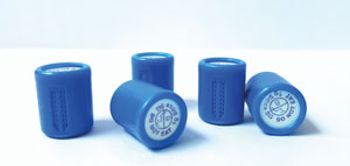
Barrier materials, scavengers, and good seal integrity maximize shelf-life of oral solid-dosage drug packaging.
Hallie Forcinio is packing editor for Pharmaceutical Technology and Pharmaceutical Technology Europe, editorhal@sbcglobal.net.

Barrier materials, scavengers, and good seal integrity maximize shelf-life of oral solid-dosage drug packaging.

Barrier materials, scavengers, and good seal integrity maximize shelf-life of oral solid-dosage drug packaging.

Insulated shippers boost recyclable and renewable content.
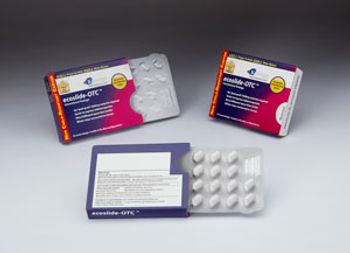
Pharmaceutical packaging designs evolve to protect children, while maximizing access for seniors.

Traditional glass and polymeric materials compete for market share in primary packaging for parenteral drug products.

Glass remains the most widely used primary packaging material for parenterals, but polymeric materials are an option.

Innovations in fill/finish equipment and in solid-dosage moisture-control packaging technologies were on display at INTERPHEX 2018.

INTERPHEX presents advances in pharmaceutical container filling, robotic handling, and serialization.

New filling and inspection machines and new containers and closures for injectable drugs will be on display at INTERPHEX 2018.
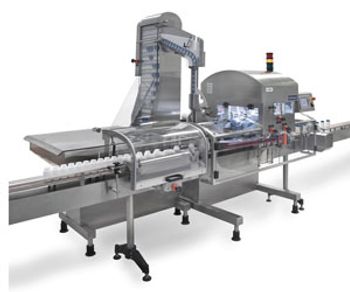
Closures that protect solid-dosage drugs and the capping equipment that applies them have new product-protecting features.
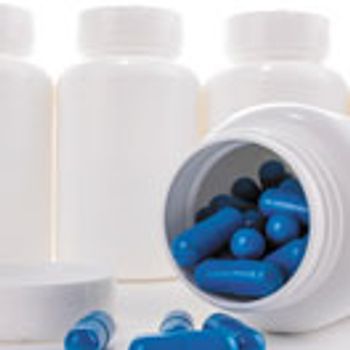
Closures that protect solid-dosage drugs and the capping equipment that applies them have new product-protecting features.

Implementation of the Packaging Serialization Standard cuts serialization costs, shortens deployment time, and expedites compliance with anticounterfeiting regulations.
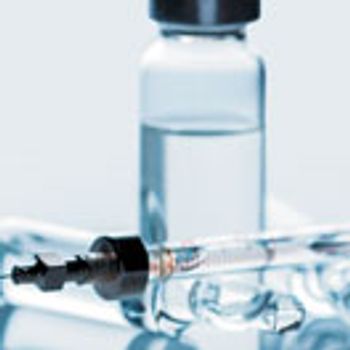
Manufacturers introduce innovations in glass and plastic packaging for injectables.

Manufacturers introduce innovations in glass and plastic packaging for injectables.

Material innovations enhance packaging for injectables.

Sensors and communication capability support proper usage, improve compliance, and may enable telemedicine.

A staggering percentage of people do not take their medication correctly, but pharmaceutical packaging aims to improve patient compliance using new technology to address reasons for non-adherence.

A staggering percentage of people do not take their medication correctly, but pharmaceutical packaging aims to improve patient compliance using new technology to address reasons for non-adherence.
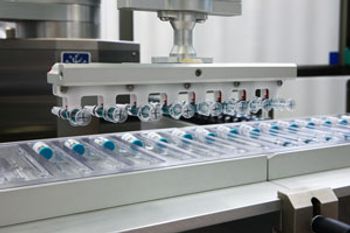
Robotic fill/finish systems reduce human intervention, improve flexibility, and allow more gentle handling of containers.

At INTERPHEX 2017, exhibitors displayed packaging innovations designed to improve quality, security, and patient protection.

Robotic fill/finish systems reduce human intervention, improve flexibility, and allow more gentle handling of containers.
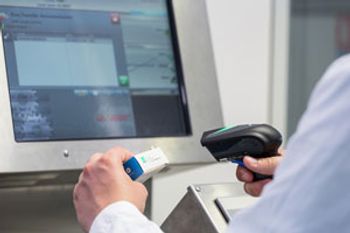
Exhibitors focused on helping pharmaceutical manufacturers comply with upcoming DSCSA serialization deadlines.

INTERPHEX 2017 exhibitors focus on shelf life, traceability, and quality control.
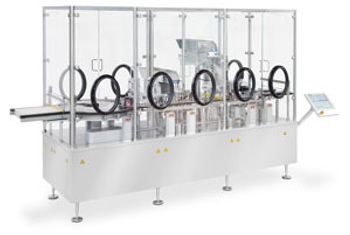
Parenteral packaging will be well-represented at INTERPHEX, especially technologies associated with fill/finish of ready-to-use vials, cartridges, and syringes.

New materials, packaging types, and quality control systems enhance product quality.

New pharmaceutical blister packaging equipment offers flexibility and integration.

Advances in materials and equipment for pharmaceutical blister packaging protect quality and enhance shelf life.
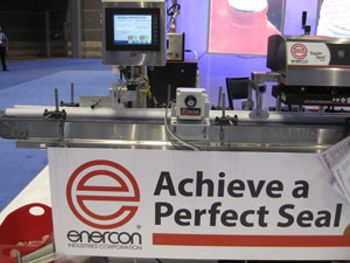
The co-located Pharma EXPO and PACK EXPO International presented technologies to protect products and people.

Primary packaging and manufacturing technologies minimize product/package interaction, protect quality, support safe travel through the supply chain, and enhance performance at point of use.
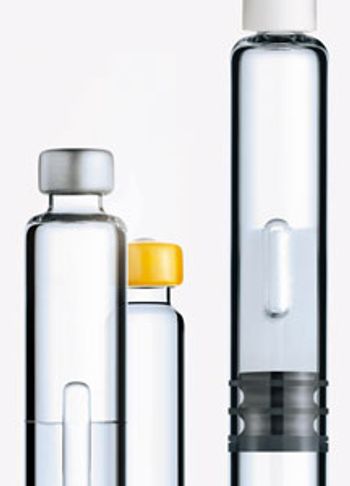
Primary packaging and manufacturing technologies minimize product/package interaction, protect quality, support safe travel through the supply chain, and enhance performance at point of use.